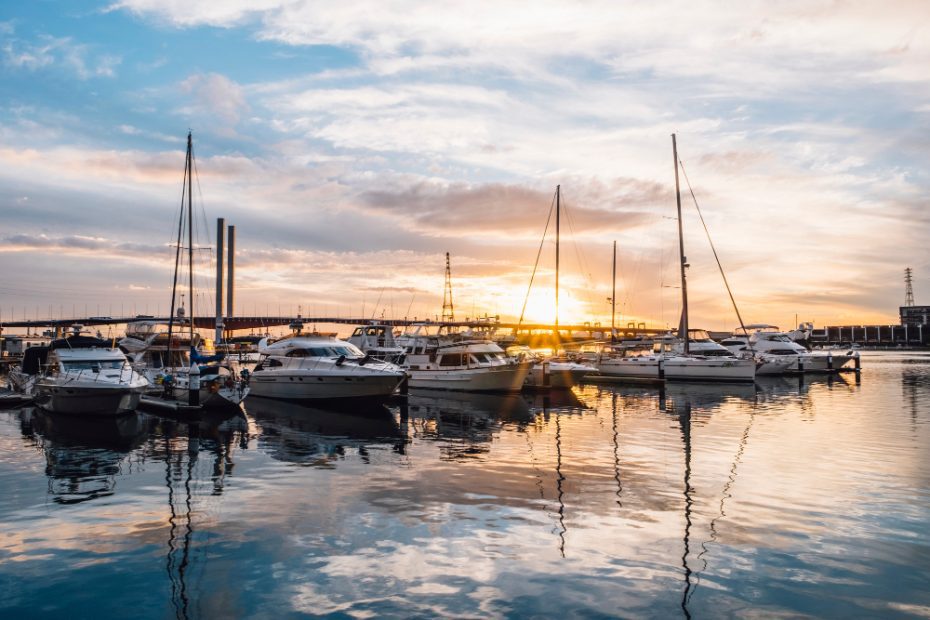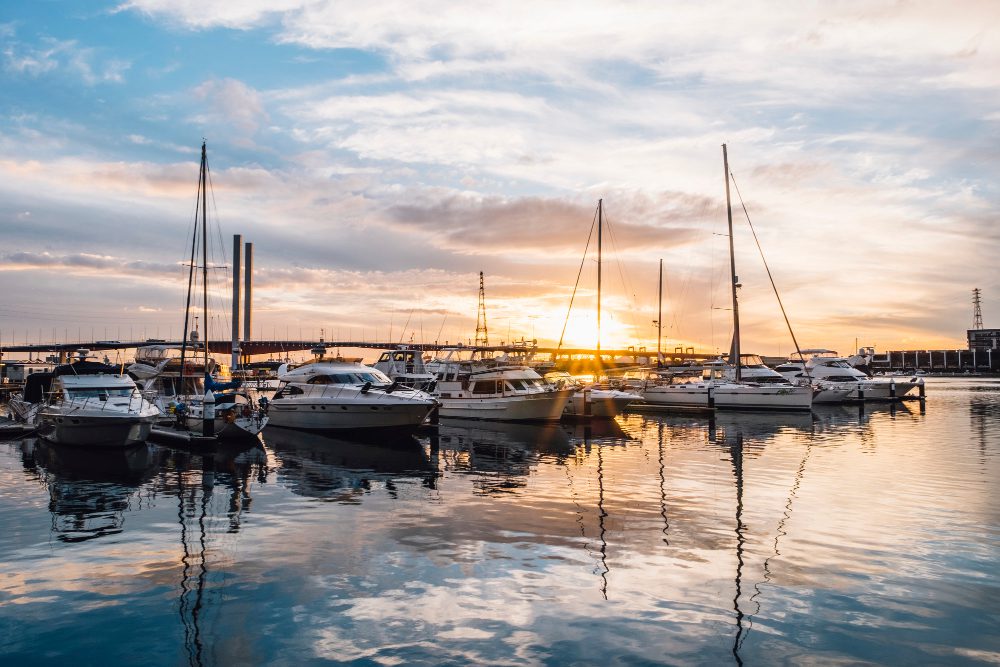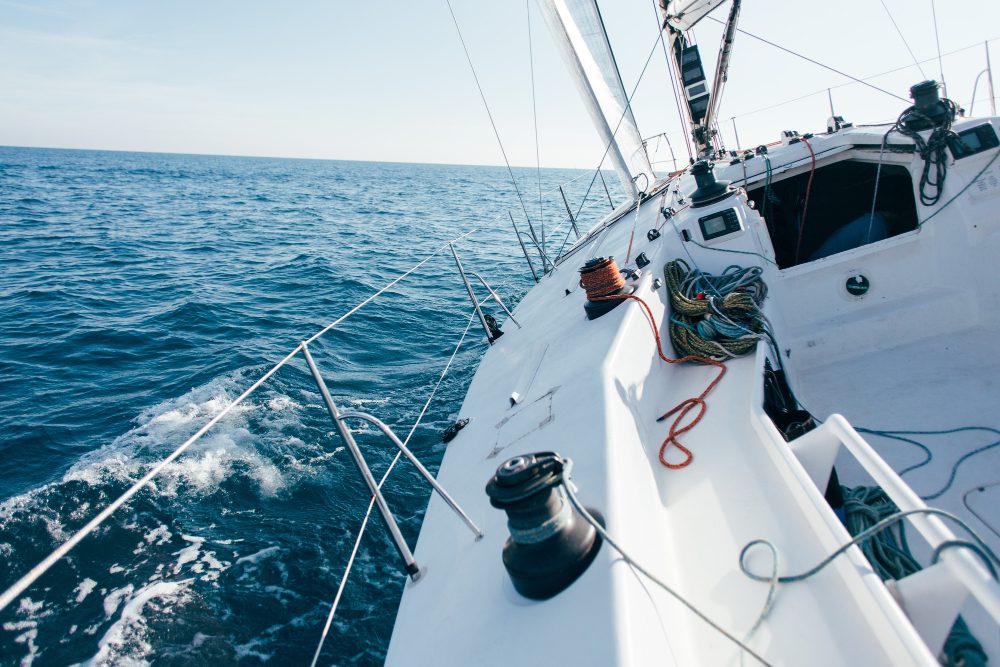What are the 4 basic types of boat engines?
Boat engines are a crucial component of any watercraft, powering it through the waves and allowing for smooth navigation. There are several different types of boat engines available, each with its own unique characteristics and advantages. In this article, we will explore the four basic types of boat engines commonly used today.
Inboard Engines
One of the most common types of boat engines is the inboard engine. As the name suggests, these engines are placed inside the boat hull, typically in the center. Inboard engines are known for their power and efficiency, making them a popular choice for larger boats and vessels. They are connected to a propeller through a driveshaft, which allows for effective propulsion. Inboard engines are often used in sailboats and cruisers due to their reliability and ability to handle long journeys.
Outboard Engines
Outboard engines are another popular choice among boat owners. Unlike inboard engines, outboards are mounted on the exterior of the boat, making them easily accessible for maintenance and repairs. These engines consist of a motor, propeller, and gearbox all in one unit. Outboard engines are versatile and can be easily tilted or rotated, allowing for greater maneuverability. They are commonly used in smaller boats, fishing vessels, and speedboats.
Stern Drive Engines
Stern drive engines, also known as inboard/outboard engines, are a hybrid between inboard and outboard engines. They are positioned inside the boat hull like inboard engines but have a drive unit that extends through the transom, similar to an outboard engine. This configuration gives stern drives the best of both worlds – the power and efficiency of an inboard engine with the maneuverability of an outboard engine. Stern drive engines are commonly found in recreational boats, such as sports boats and cruisers.
Jet Drives
Jet drives are a unique type of boat engine that uses water propulsion instead of a traditional propeller. These engines draw in water through an intake, which is then expelled through a nozzle at high pressure, propelling the boat forward. Jet drives offer several advantages, including superior maneuverability and the ability to operate in shallow waters. They are commonly used in personal watercraft, such as jet skis, as well as smaller recreational boats.
“Boat engines are the powerhouse of any vessel, determining its performance and capabilities on the water.”
In summary, the four basic types of boat engines are inboard engines, outboard engines, stern drive engines, and jet drives. Each type has its own advantages and is suited for different types of boats and water activities. Whether you’re cruising the open seas or enjoying a day of fishing, understanding these engine types will help you make an informed decision when choosing a boat for your next adventure.
What does the V stand for in V8?
The V in V8 stands for “Vee” and refers to the engine’s configuration. The V8 engine is a type of internal combustion engine commonly used in vehicles, including boats. It gets its name from the shape formed by the cylinders.
Engine Configuration:
In a V8 engine, there are eight cylinders arranged in two banks, with each bank forming a “V” shape when viewed from the front of the engine. The two banks are typically angled at 90 degrees to each other, resembling the letter V. This arrangement allows for more cylinders to fit within the engine block, resulting in increased power output compared to engines with fewer cylinders.
Advantages of a V8 Engine:
A V8 engine offers several advantages, making it a popular choice for performance-oriented vehicles:
- Power: The V8 engine provides high power output due to the increased number of cylinders.
- Smoothness: The V8’s 90-degree V-shaped configuration helps balance the engine’s movement, resulting in smoother operation and reduced vibrations.
- Torque: V8 engines are known for their strong torque, which contributes to excellent acceleration and towing capabilities.
- Sound: The firing order and exhaust note of a V8 engine produce a distinctive and appealing sound, often associated with performance and power.
Application in Boats:
V8 engines are commonly used in boats due to their power and torque advantages. They provide the necessary propulsion to navigate water bodies efficiently, whether it be for recreational boating, watersports, or commercial applications. The V8 configuration ensures smooth operation even at higher speeds, enhancing the overall boating experience.
Did You Know? The first mass-produced V8 engine was introduced by Cadillac in 1914, revolutionizing the automotive industry.
To summarize, the V in V8 stands for “Vee,” representing the arrangement of cylinders in a V-shaped configuration. The V8 engine offers increased power, smoothness, torque, and a distinctive sound, making it a popular choice for both land and marine vehicles.
What does the V stand for in V12?
The term “V12” is commonly used to describe a specific type of engine configuration found in various vehicles, including boats. The “V” in V12 refers to the shape of the engine layout, specifically the arrangement of the cylinders. In a V12 engine, the cylinders are arranged in two banks, with each bank forming a “V” shape when viewed from the front.
Each bank of cylinders is angled away from each other at an equal degree, typically at 60 degrees or 90 degrees. This arrangement allows for a more compact design compared to an in-line engine where the cylinders are arranged in a single row.
The V12 configuration offers several advantages. First, it allows for a higher displacement and more cylinders, which can result in increased power and performance. This makes V12 engines suitable for high-performance boats that require significant power output.
Furthermore, the V12 layout provides better balance and smoothness due to the inherent counter-balancing effect of the opposing banks of cylinders. This helps reduce vibrations and provides a smoother operation, enhancing the overall comfort and driving experience.
V12 engines are known for their distinctive sound and throaty exhaust note. The firing order of the cylinders in a V12 engine is typically arranged in a way that creates a unique exhaust note, which many enthusiasts find appealing.
It’s worth noting that V12 engines are not limited to boats alone but are also used in luxury cars and high-performance sports cars. The power and refinement offered by V12 engines make them popular among automotive manufacturers seeking to deliver exceptional performance and prestige.
In summary, the “V” in V12 stands for the engine’s V-shaped layout, which allows for increased power, smoother operation, and a distinctive exhaust note. V12 engines are sought after in the boating world as well as in the automotive industry for their performance and refinement.



